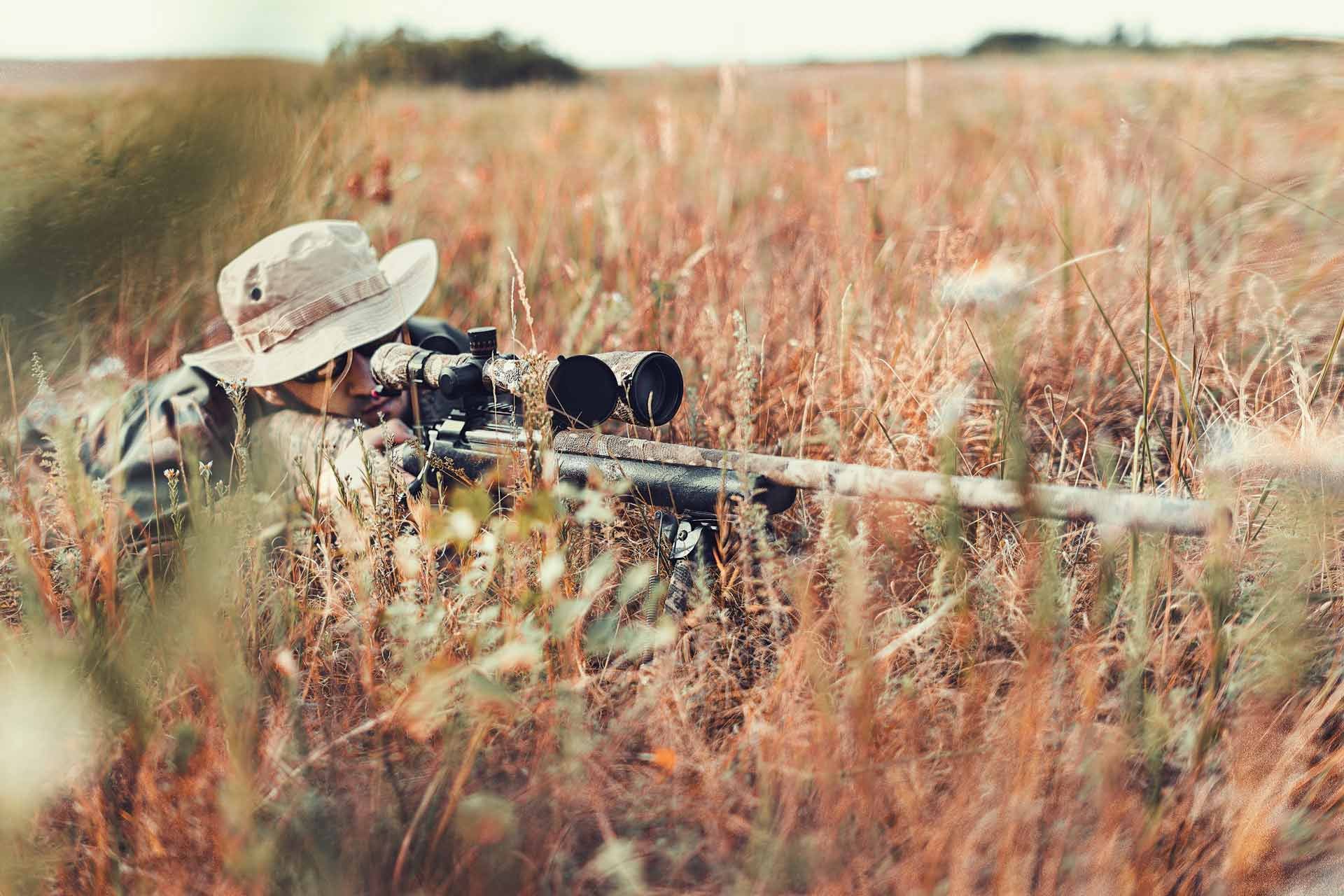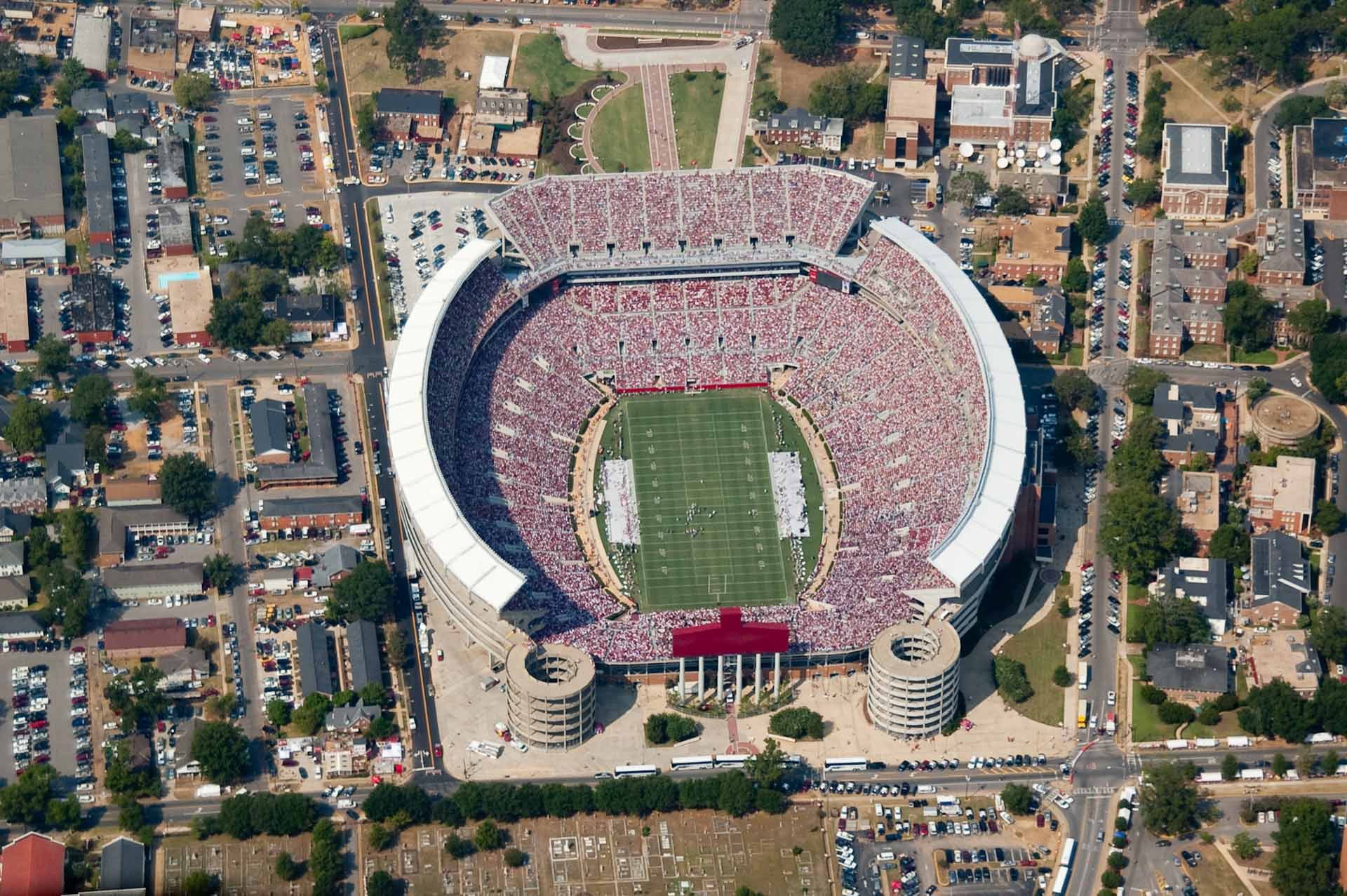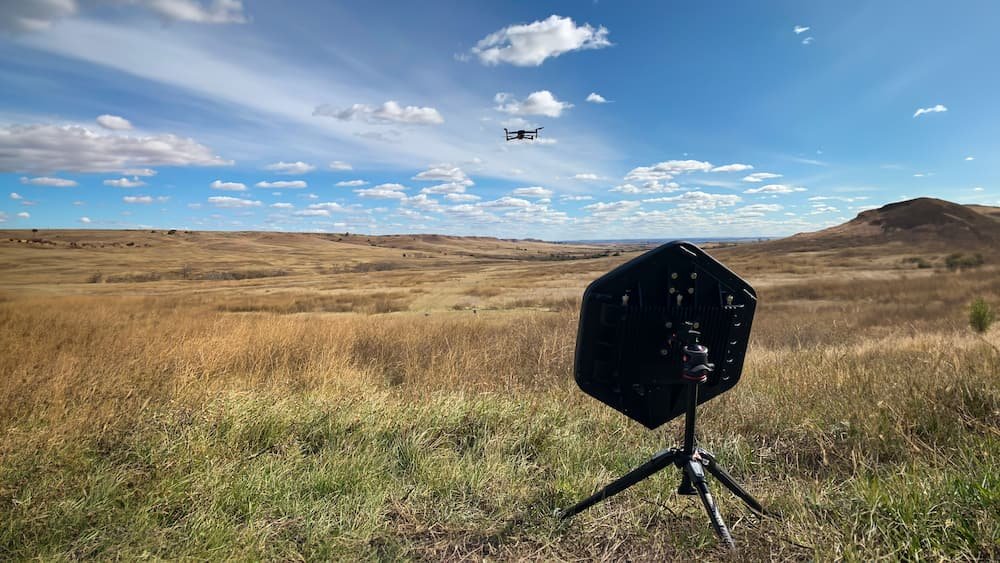DRONE DETECTION - Acoustic CUAS
Evidence from current conflicts has taught us the threat that drones represent, and how dangerous they can be. The perils are the same whether deployed by traditional forces or by non-state personnel in asymmetric warfare. In addition, we have learned the importance of deploying passive sensors not detectable by enemies.
News reports show that drones have gotten more common, cheaper, and easier to build by anyone with a minimum technical knowledge. At the same time, adversaries get more insidious with hacking of cheap drones for nefarious purposes, which is why security measures and Counter-Unmanned Aircraft Systems (CUAS) need to evolve even faster. The early detection of drones is vital, as it provides the soldier time to seek cover or activate counter measures quickly. Existing sensors, such as RF systems and radars, may fall short when a modified drone does not emit such signals, or operates in areas with radar-shadow or clutter. When you need a “drone-fence” with zero holes, acoustics will fill the gaps in every traditional CUAS system, making it next to impossible to break through the shield - even for the drones not yet built.
Directional acoustic arrays have proven to be one of the most reliable systems for detecting drones in the world today. With market leading performance, Squarehead Technology delivers systems to allied countries around the world, and are used in military operations, as well as in civilian security systems. Acoustic drone detection is highly dependable, as no drone can be hacked to silence.
How it works
The Discovair CUAS detection sensor is an acoustic array that passively detects and tracks class I and II drones using advanced machine learning algorithms. Each sensor covers a 105-degree field of view, looking for acoustic changes within a network of constantly monitored sectors. Multiple sensors can be coupled together to cover a 360-degree horizon, or even a perimeter or border. Any change in any acoustic sector triggers high-resolution acoustic beams that collect the sound of that change. The system then analyzes this information, classifies drones and is able to separate them from any other sounds in the area. As the system is trained on the propeller sound, it will recognize any drone, both current and future fixed and rotary wing systems. Equally important, the algorithm will suppress sound that is not a target and provide close to zero false positives.
Operation and user interface is provided either on a browser enabled network connected device, or through machine-to-machine API interface. Upon positive classification of a drone, the alarm, along with precise bearing to target, is forwarded to the operator screen or to the API-connected system.
USE CASE SCENARIOS
-

Special Forces Use
The Discovair G2 has a small footprint - both in size, weight and power - and can be brought into most special forces’ operations. By employing multiple units and displaying alarms and user interface on a body worn phone display, the system provides an easy-to-use passive drone detection system that gives full hemispheric coverage - against any drone - providing the team with an invisible safety shield. Read more about Passive Detection Capabilities for SOF Operations.
-

Protection of Military Airports
Fighter jets are most vulnerable when they are sitting on the ground. A small drone can be a thousand-dollar weapon against a 100-million-dollar weapons system. Discovair provides near-field detection capability for high-value assets. When combined with an electronic warfare or kinetic kill effector, it forms a complete kill-chain that guards the high value asset. Read more about Protection of Military Airports.
-

Passive Detection Against Drones in Conflict
Discovair has been deployed in conflict, supporting the needs of allied forces to detect both small, and large drones. Detection allows forces to mitigate the threat, whether it is from a small ISR drone - or from a fire-and-forget kamikaze drone. The lightweight, and small physical and power footprint, allow for mobile and dismounted use, always using the sensors where they are needed the most. Read more about Passive Detection Against Drones in Conflict.
-

Protecting Borders and Perimeters
We collaborate closely with border control forces, enhancing their protected perimeters with top-notch acoustic drone detection. Discovair revolutionizes the field by delivering accurate slew-to-cue detections, seamlessly directing high-precision sensors towards identified targets. Read more about Advanced Perimeter Defense with Acoustic CUAS.
-

Protecting Major Sporting Arenas
Discovair's deployment at various events, including marathons and motor sports, addresses the potential terrorist threat associated with large sporting gatherings. By safeguarding these occasions, Discovair plays a vital role in ensuring the safety and security of participants and spectators alike.
-

Protecting a Base with Integrated Sensors
Discovair is in use by large defense integrators within their solutions. The acoustic sensor is used to form an inner threshold, allowing for a complete detection matrix. Applying Discovair to the integrated system, allows the operator to separate commercial, standard drones, from self-built or modified drones - a tell tale sign of nefarious operators.
INTERESTED IN A CHAT TO FIND OUT HOW ACOUSTIC DRONE DETECTION CAN BE IMPLEMENTED IN YOUR DEFENSE SYSTEMS AND HOW WE CAN HELP YOU FIND THE RIGHT SOLUTION FOR YOUR NEEDS?

